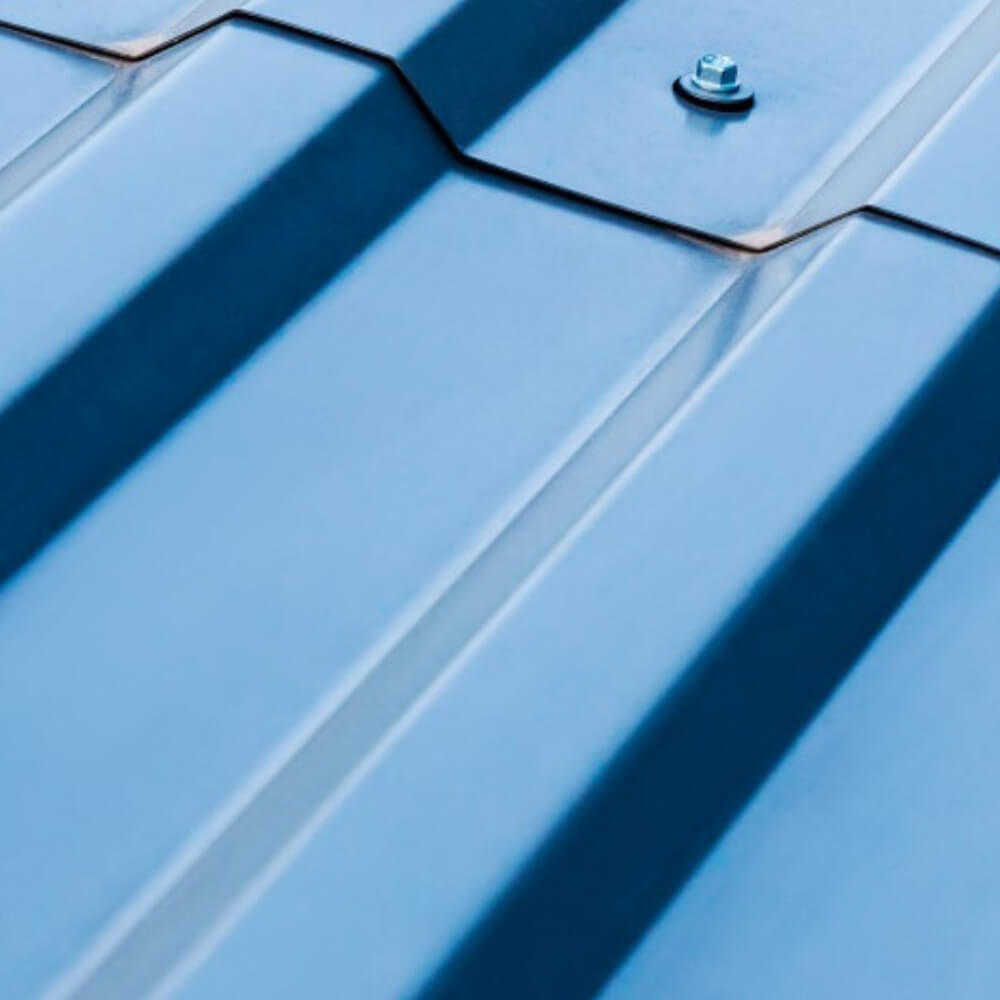

Metal Roofing vs Shingles: Which Option is Best for Your Home?
Both metal roofing and asphalt shingles are great options, but which material will better suit your needs? Explore metal roofing vs shingles with our guide.

A new roof can add value to your home and even make you money. A roof replacement costing $7,500 will typically achieve a return on investment of $8,150 when the house is sold and is a rare example of a worthwhile home improvement project.
Both metal roofing and asphalt shingles are great options, but which material will better suit your needs? Explore metal roofing vs shingles through this guide.
Metal Roofing vs Shingles
When it’s time to replace a roof, you should take the opportunity to choose what type of roof to install. It may not be right to replace the roof with the same type of roof you already have. It’s time to consider whether a metal or shingle roof is right for you.
Both types of roof have their advantages and disadvantages. While asphalt shingles are the most popular roofing material, alternatives including metal roofing hold clear advantages in some circumstances.
Appearance
Traditional asphalt shingles have a simple aesthetic which many people find attractive. Modern shingles are now manufactured in a range of styles to mimic other roofing products. Slate, tile and wood shakes can all be realistically simulated by shingles.
Shingles can also be shaped in a variety of styles with curves or scalloped edges. They’re also available in Mediterranean style terra cotta.
Color options are huge. This means you can match or contrast with the color of your home or other nearby roofing. There are also several finish options, from weathered to highly polished.
Metal roofs made from standing-seam metal are the standard metal roofs traditionally used for barns and industrial buildings. These corrugated tin panels are useful in the right context but don’t assume that is the limit of metal roof applications. Metal roofs are also made from zinc, copper, aluminum, and galvanized metal.
These materials offer a wide range of colors and styles and even have the ability to mimic shingle roofs.
The verdict on appearance is that there is no clear winner. Both metal and shingle roofs have so many options that either metal roofing or shingles could be right for you.
Environmental Impact
Asphalt shingles are a petroleum-based product. This is a non-renewable fossil fuel and so it’s a less environmentally sustainable option.
Shingles also don’t last as long as metal roofs. As a result, they are are removed and disposed of more frequently. Although there are efforts to make the management of construction and demolition more sustainable, a lot of old shingle material ends up in landfill sites.
On the plus side, asphalt shingles can have good insulating properties and help reduce energy bills.
Metal roofing is often produced from recycled metal, which is more sustainable.
Because they reflect much of the sun’s heat, metal roofs can be especially helpful in hot weather. There are also coatings that can be painted on metal roof surfaces that make them even more heat reflective.
Metal roofs also reduce the need to use energy for cooling which has an environmental and financial benefit.
As far as eco-friendliness is concerned, metal roofs have the advantage when compared to asphalt shingles.
Price
Shingles have a distinctive price advantage. They are cheaper than metal in both material and installation costs.
The trade off is that shingles also have a shorter lifespan. In fact, shingles might need tobe replaced two to three times during the lifetime of a metal roof.
So, shingles are cheaper in the short-term but metal may be best if you can pay more upfront and avoid frequent repairs and replacements.
Durability
Metal roofs are extremely durable. Their lifespan of up to 50 years is two to three times that of an asphalt shingle roof because they resist the damaging effects of weather.
In addition, while hail, rain, and heat can cause asphalt shingles to erode, crack and wear, these weather conditions have little effect on a metal roof. The metal exterior doesn’t have the same porous weakness as shingles which allows moisture to work into micro-cracks, freeze, expand and widen those cracks causing more damage.
Fungus and algae can grow inside shingles as well. They cause damage to the shingles and change its appearance making them look weathered and less attractive.
Even metal roofs are not totally immune to extreme weather impacts. Large hailstones and falling branches can dent a metal roof which can require repair or replacement, depending on the damage.
Maintenance and Repair
While more prone to damage, shingles are also a lot easier and less expensive to replace.
But you also need to inspect shingled roofs more regularly as they’re less durable than metal. Any broken shingles should be replaced immediately as failing to do so can lead to water entering the building and causing damage.
Repairing metal roof can be a lot less straightforward and end up costing you a lot of money. An entire large panel may need to be replaced even if the damage is only in a small area.
However, the good news is these repairs, while costly, are rare as metal roofs are extremely durable. A properly installed metal roof needs virtually no ongoing maintenance. Checking up regularly and cleaning the gutters is normally all you need to do.
Weight
The weight of the roofing material you chose can be a consideration, especially if the structure is less robust. Surprisingly, shingles tend to be heavier than a metal roof. If it’s important to reduce the stress on the building’s structure then lightweight roofing materials may extend the life of the building.
The Verdict
Consider the benefits and disadvantages of metal roofing vs shingles in your specific context. Take both short-term and long-term issues into account. Whatever your conclusions, it’s worth discussing it with a roofing contractor for a professional opinion.
Give us a call today at 402-616-7304